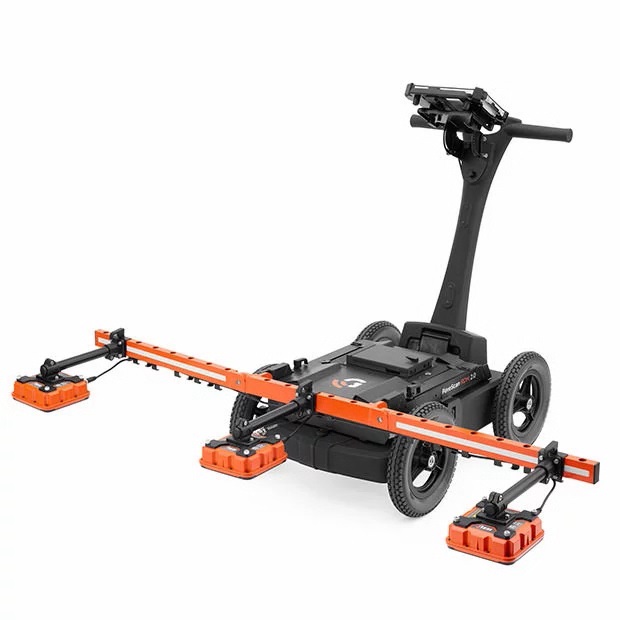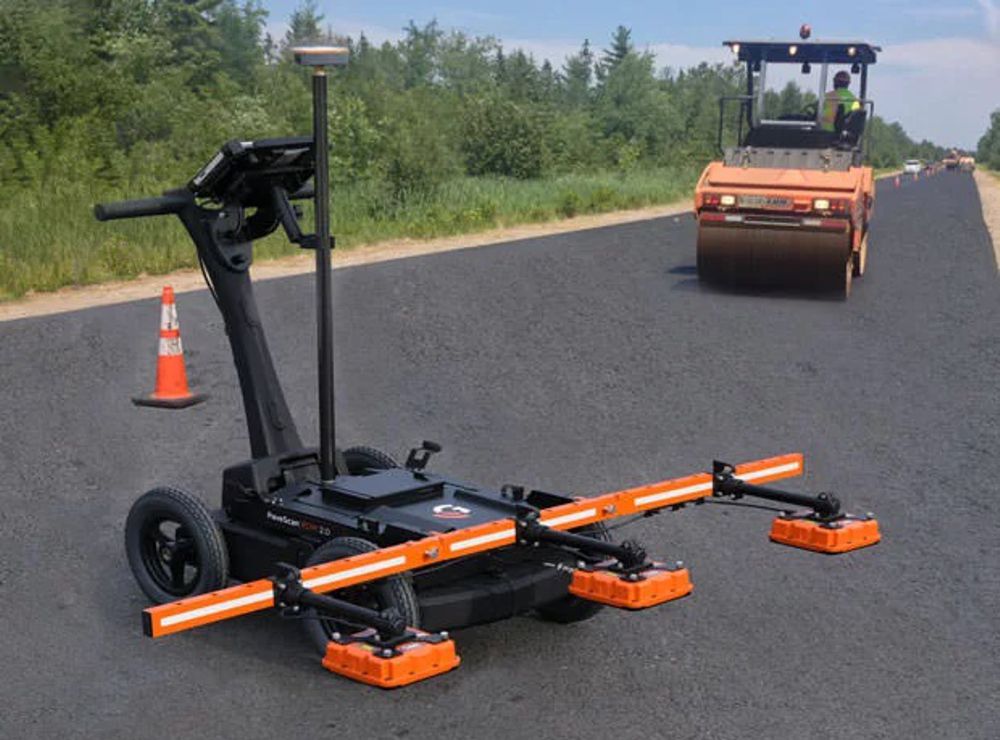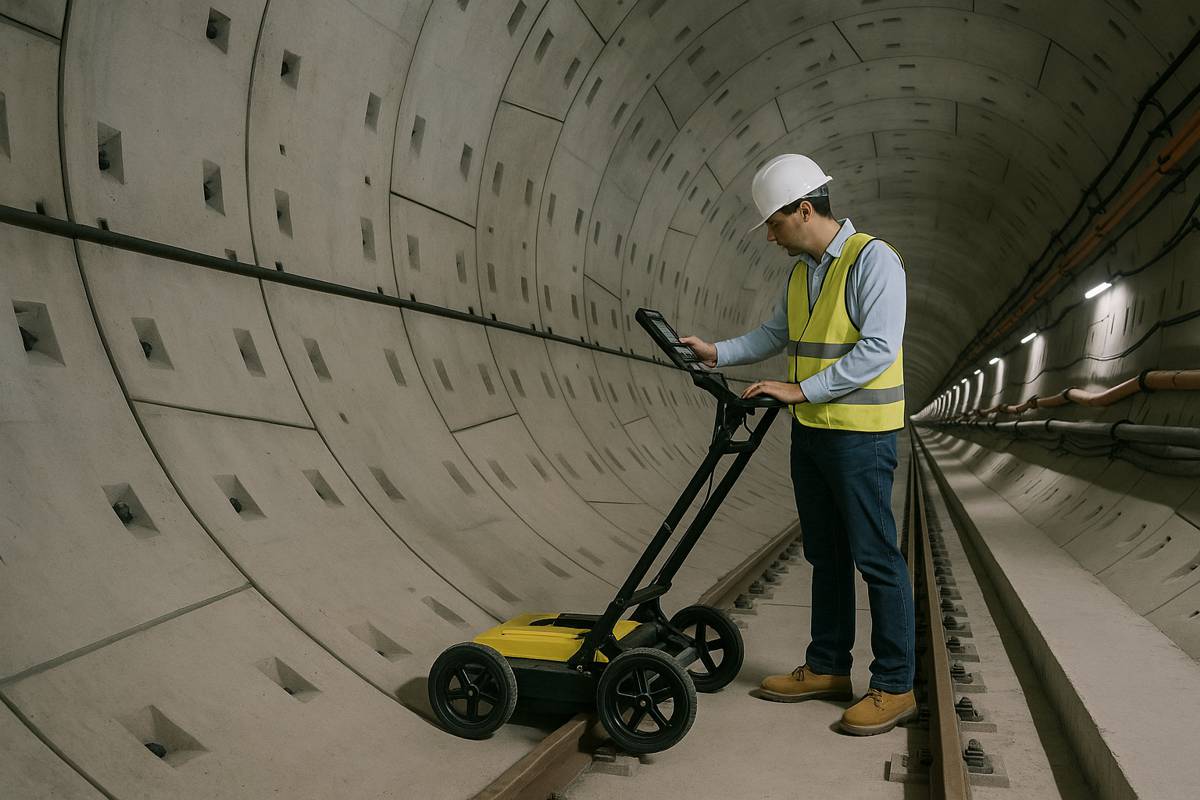GSSI PaveScan MDM Quality Control Tool to be showcased at World of Asphalt 2022
GSSI, the world’s leading manufacturer of ground penetrating radar (GPR) equipment, will be showcasing its PaveScan® Mix Design Module (MDM) quality control tool for the lab and paving site at the World of Asphalt show on March 29-31, 2022 at the Nashville Music City Center in Nashville, Tennessee.
Drop by Booth #3206 to see PaveScan MDM along with PaveScan RDM 2.0, which uses the dielectric measurements of new pavement to determine pavement quality and uniformity.
PaveScan MDM transforms GSSI’s industry-leading PaveScan® RDM 2.0 system into a powerful new quality control tool for asphalt density assessment. By helping to avoid premature road failures such as raveling, cracking and deterioration along poorly compacted joints, PaveScan technology builds better quality longer lasting roads.

PaveScan RDM 2.0 automatically measures the dielectric value to identify anomalies in real-time. In addition, the dielectric values can be used to correlate percent voids and density in new pavement. The innovative technology enables users to obtain critical density data for quality assurance/quality control of new pavements.
Unlike other options, like nuclear density gauges or radioactive alternatives, PaveScan RDM 2.0 does not result in any site hazards or require closing off work areas.

PaveScan MDM is sensitive to subtle changes in aggregate, mix, and moisture, and can be used to immediately alert paving contractors to inadvertent changes in the aggregate mix. Users can compare daily samples against approved mix designs to detect any deviations and fix problems before the mix is deployed in the field. One five-minute lab test enables users to accurately reveal problems before any need for silo dumps or other costly remediation. PaveScan MDM users can also create a digital library of mix designs
Using PaveScan MDM and RDM gives paving contractors a comprehensive and accurate view into pavement quality without the expense, risk, and errors from spot coring. More importantly, reducing the need to core exposes fewer workers to the dangers of work zones.




















